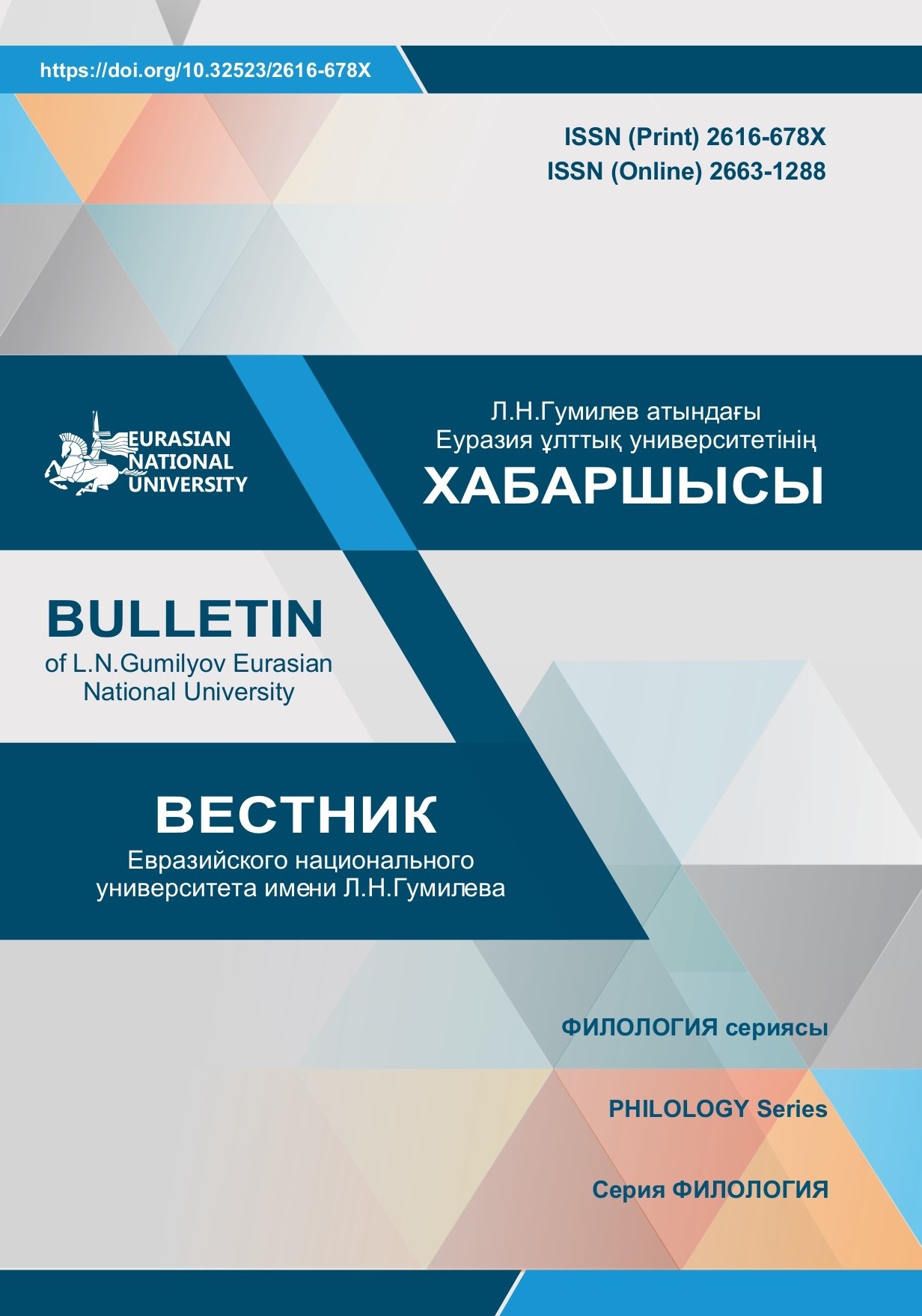Magic discourse in the sociolinguistic communication
Views: 188 / PDF downloads: 333
DOI:
https://doi.org/10.32523/2616-678X-2022-139-2-31-41Keywords:
magic, prosodics, sociolinguistics, discourse, communication, soft power, languageAbstract
This article examines the peculiarities of magical discourse in the sociolinguistic communication on the material of written, oral magical texts of the Kazakh and English languages. Magical discourse studies the mythology and beliefs of people, their national values and culture. The fact that the prepared text and the spoken sound text have a special invisible, imperceptible soft or even magical power is observed through this discourse, which also forms the first impression of its speaker or author. This magical power is realized by the speaker by additional means: similar and unique magical attributes of each language are determined, as well as voice modification (for example, intonation, pitch accent, pitch movement), paralinguistic body movements. In both cultures, the main objective or intention of the speaker is to subjugate his listener in an unnoticed manner. The magical discourse of the Kazakh and English languages, as it is called, uses various universal and unique tools. Magical discourse in Kazakh and English is characterized by the use of verbal and nonverbal means at the same time, especially shamans use high tone, gestures, and intense body movements to have a particularly deep impact on their listener. In the process of identifying the attributes used in English culture, the horoscope and the hypothetical texts of a fortune-teller were considered as sources of research material. The rational use of prosodic components of the speaker in the Kazakh and English magical discourse in the popular film was under study. In the written text, it was analyzed that the speaker of the Kazakh language wanted to attract attention by using lexical elements, and in the discourse of the English language, the speaker tried to influence his listener with a high tone, depending on the genre of the text.







